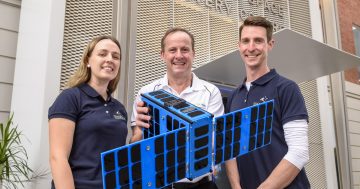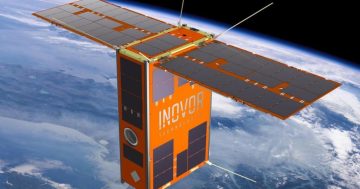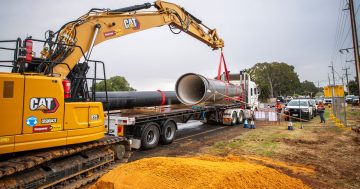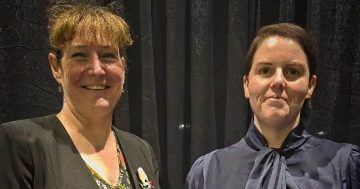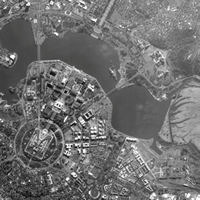 More than three decades of Canberra’s development have been revealed in space imagery developed by Geoscience Australia (GA).
More than three decades of Canberra’s development have been revealed in space imagery developed by Geoscience Australia (GA).
GA used satellite imagery to produce 31-year time lapse pictures showing the emergence of Gungahlin, Jerrabomberra and Googong on the local landscape.
The imagery shows how the ACT and its surrounding regions have developed to accommodate a growing population which, between 1987 and 2018, grew from almost 250,000 to more than 400,000.
Acting Branch Head for National Earth and Marine Observations at GA, Trevor Dhu said historical events from the past three decades that had shaped Canberra were captured by the time lapse, including the completion of construction on new Parliament House in 1988 and the recovery from the devastating 2003 bushfires.
“Although it only took a couple of hours for one of our Earth Observation Scientists to produce, the Canberra time lapse is a simple but compelling example of the possibilities unlocked by Digital Earth Australia,” Dr Dhu said.
“Before Digital Earth Australia, a time lapse like this would have taken days, if not weeks to produce.”
He said that although satellites had been collecting images and other Earth observations of Australia for more than 30 years, until recently, even for scientists, the data was quite difficult to access and use.
Dr Dhu said to make the data more accessible, it was transferred to the high performance computing capabilities of the National Computational Infrastructure (NCI), home to Australia’s fastest supercomputer.
“By transferring the data to the NCI, we were able to organise and prepare satellite data into stacks of consistent, time-stamped observations that can be quickly manipulated and analysed,” he said.
“The Canberra time lapse is just a tiny fraction of Digital Earth Australia’s petabyte potential.
“We’re just starting to comprehend how unprecedented access to more than 30 years of information about the Australian landscape can improve our understanding of environmental change, the sustainable growth of our cities and regions, and improve our way of life.”
The 41-second time lapse video can be accessed at this PS News link.


